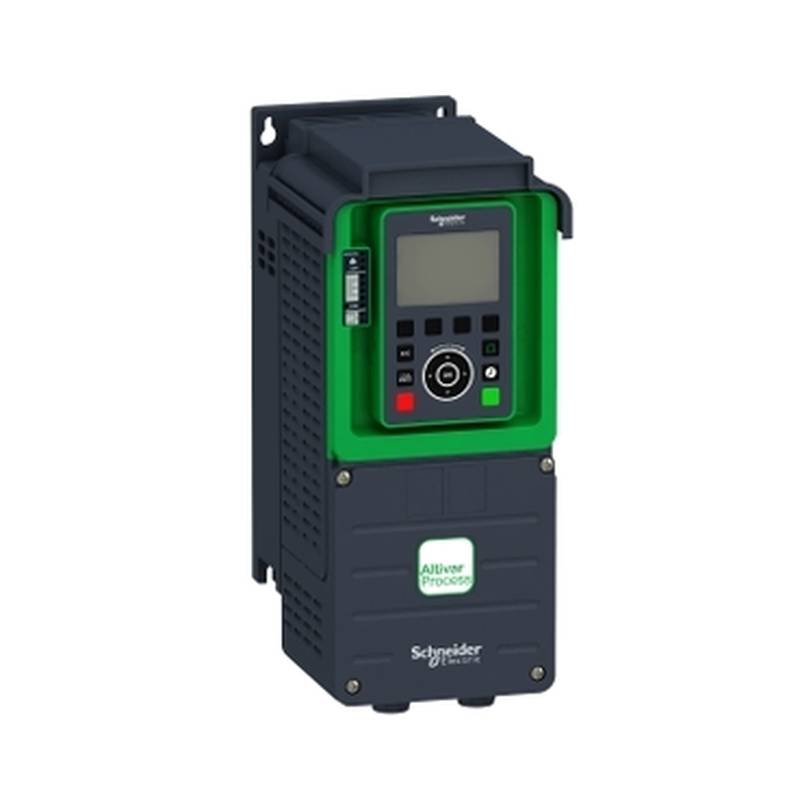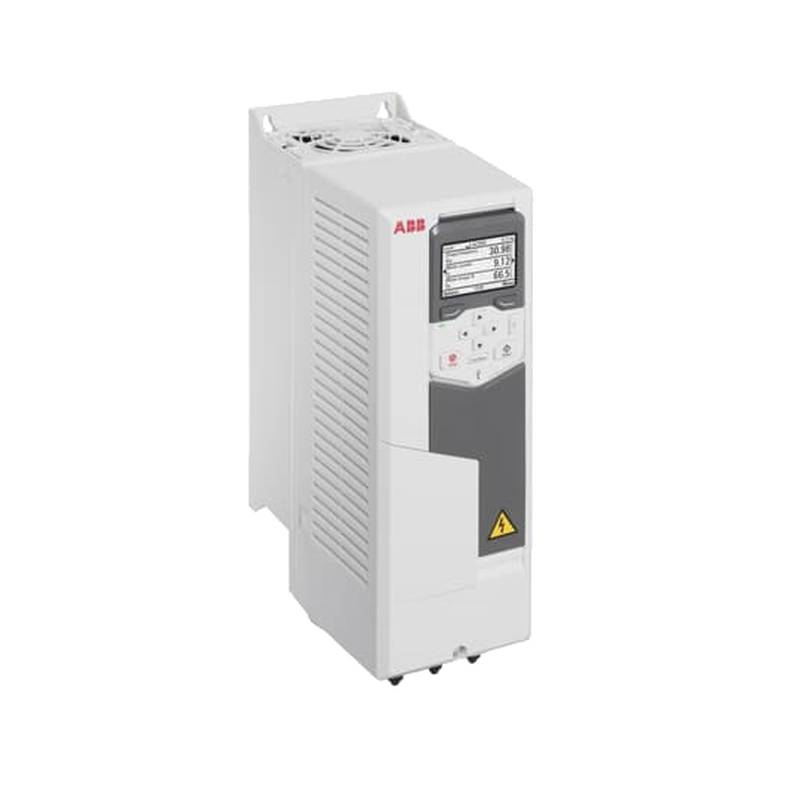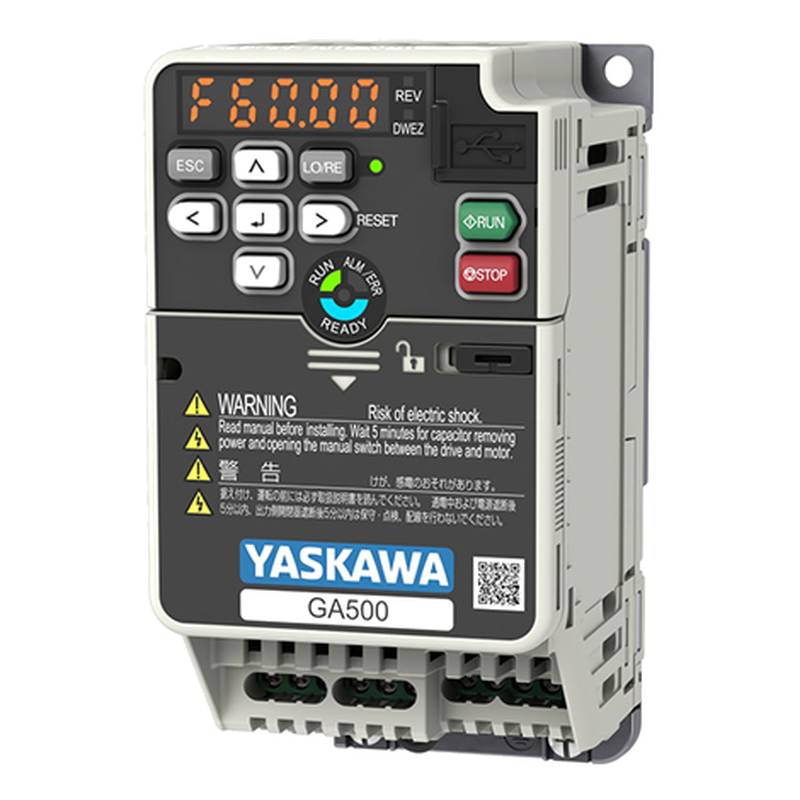
The Siemens 5SU9356-1CN50 RCBO stands as a critical component for modern electrical safety, offering a robust 50A rated current, a highly sensitive 30mA residual current detection, and a compact 1-pole + neutral configuration with a Type C tripping characteristic. This device excels in providing superior protection against overload, short circuits, and residual currents, minimizing the risk of electric shock and fire hazards in a wide range of industrial and commercial applications. Its integration of Miniature Circuit Breaker (MCB) and Residual Current Device (RCD) functionalities into a single unit streamlines panel space and installation complexity, making it a preferred choice for enhanced electrical system reliability.
Product Specifications
| Feature | Specification |
| :------------------------ | :---------------------------------------------- |
| Product Type | Residual Current Circuit Breaker with Overcurrent Protection (RCBO) |
| Manufacturer | Siemens |
| Model Number | 5SU9356-1CN50 |
| Rated Current (In) | 50 A |
| Rated Residual Operating Current (IΔn) | 30 mA |
| Number of Poles | 1P + N (1 Pole + Neutral) |
| Tripping Characteristic | Type C |
| Rated Voltage (Ue) | 230/400 V AC |
| Rated Breaking Capacity (Icn) | 6 kA |
| Frequency | 50/60 Hz |
| Terminal Type | Screw Terminal |
| Mounting Type | DIN Rail (35mm) |
| Degree of Protection | IP20 |
| Ambient Temperature Range | -25 °C to +45 °C |
| Compliance Standards | IEC/EN 61009-1, IEC/EN 60898-1 |
Core Features & Market Positioning
The Siemens 5SU9356-1CN50 RCBO distinguishes itself through its advanced residual current detection technology, offering a reliable 30mA sensitivity crucial for personnel protection against indirect contact. The integrated overcurrent protection, defined by its Type C tripping curve, is specifically designed to handle inductive loads and inrush currents commonly found in motors and transformers, without nuisance tripping. This dual functionality simplifies inventory and installation by replacing separate MCB and RCD units, a significant advantage in space-constrained electrical panels. Its robust construction and adherence to stringent international standards (IEC/EN 61009-1 and IEC/EN 60898-1) position it as a high-quality, dependable solution for critical infrastructure and demanding industrial environments where safety and operational continuity are paramount.
Key Application Scenarios
This Siemens RCBO is ideally suited for a broad spectrum of applications where reliable protection against electrical hazards is essential. In industrial settings, it provides crucial safety for machinery circuits, motor control centers, and power distribution boards, safeguarding personnel and preventing equipment damage from overloads or ground faults. For commercial buildings, it is extensively used in distribution boards for lighting, socket outlets, and HVAC systems, ensuring compliance with safety regulations and minimizing downtime. The 30mA sensitivity makes it particularly effective for protecting circuits supplying equipment used in potentially damp environments, such as in food processing plants or workshops, where the risk of electric shock is elevated. Furthermore, its integration capabilities make it a solid choice for specialized electrical installations requiring a high degree of protection and reliability.
Practical System Integration Guidance
Integrating the Siemens 5SU9356-1CN50 RCBO into existing or new electrical systems is straightforward due to its standard DIN rail mounting and clearly marked terminals. Ensure the incoming power supply lines (Line and Neutral) are connected to the designated input terminals, paying close attention to polarity. The outgoing load circuits connect to the output terminals. For proper operation and safety, it is imperative that the neutral conductor is also connected to the RCBO; it is not a 1-pole device where the neutral bypasses the unit. The Type C characteristic means it can tolerate inrush currents up to 5-10 times the rated current, making it suitable for circuits feeding inductive loads like motors. Always consult the local electrical codes and standards for correct installation practices, including proper conductor sizing and earthing arrangements.
Operation and Risk Mitigation
The Siemens 5SU9356-1CN50 RCBO operates by continuously monitoring the current flowing in the Line and Neutral conductors. If an imbalance occurs, indicating a leakage current to earth (e.g., due to faulty insulation or accidental contact), the device rapidly disconnects the circuit, typically within milliseconds. The 30mA trip level is designed to prevent severe electric shocks. The Type C tripping curve provides protection against overcurrents and short circuits, with a delayed trip for moderate overloads and an instantaneous trip for severe short circuits. To mitigate risks, ensure the RCBO is correctly rated for the circuit's load and that the upstream protective devices are coordinated. Regular testing of the residual current function using the integrated test button (typically labeled 'T' or 'TEST') is vital to confirm its operational readiness and to comply with maintenance schedules, usually recommended at least annually.
Scalability & Long-Term Value
The Siemens 5SU9356-1CN50 RCBO offers significant long-term value through its compatibility with Siemens' extensive range of electrical components and systems. Its modular design allows for easy replacement or addition within standard distribution boards, facilitating system upgrades or expansions without major overhauls. For facilities embracing digitalization, this RCBO can be integrated into intelligent electrical distribution systems, potentially with compatible metering and monitoring modules, enabling advanced diagnostics and predictive maintenance. This supports the transition towards Industry 4.0 and IIoT initiatives by providing granular data on circuit health and status. The robust build quality and Siemens' reputation for reliability ensure a long operational lifespan, minimizing the total cost of ownership and maximizing return on investment.
FAQs
1. What is the primary function of the Siemens 5SU9356-1CN50 RCBO?
This device offers combined protection against overcurrents and residual currents. It safeguards electrical circuits from dangerous earth leakages. It also prevents damage from overload and short-circuit conditions.
2. Why is the 30mA residual current sensitivity important?
A 30mA trip level is crucial for personal safety. It is designed to prevent dangerous electric shocks to people. This sensitivity helps avoid severe injury or electrocution in case of fault.
3. What does the 'Type C' tripping characteristic signify?
Type C indicates the device's response to inrush currents. It can tolerate higher surge currents than Type B or A. This makes it ideal for circuits with inductive loads like motors.
4. Can this RCBO be used for single-phase and three-phase circuits?
The 5SU9356-1CN50 is a 1-pole + Neutral (1P+N) device. It is designed for single-phase circuits. It cannot be used for three-phase circuits without additional configurations.
5. How do I test the functionality of the Siemens 5SU9356-1CN50 RCBO?
Most RCBOs have a built-in test button, often labeled 'T' or 'TEST'. Pressing this button simulates a fault condition. This should cause the RCBO to trip, disconnecting the power.
6. What are the installation requirements for this RCBO?
It must be mounted on a standard 35mm DIN rail. Proper wiring of Line and Neutral to the input terminals is essential. Follow local electrical codes for safe and compliant installation.
7. What is the breaking capacity of the Siemens 5SU9356-1CN50?
The breaking capacity is 6 kA. This indicates the maximum fault current it can safely interrupt. Ensure this rating is sufficient for your installation's fault level.
8. What types of loads is the Type C characteristic best suited for?
Type C is recommended for circuits with moderate inrush currents. Common examples include lighting, socket outlets, and small to medium motors. It prevents nuisance tripping.
9. Where can the Siemens 5SU9356-1CN50 RCBO be commonly applied?
It is widely used in residential, commercial, and light industrial applications. It's suitable for protecting circuits in distribution boards and panelboards. It ensures safety for users and equipment.
10. Does this RCBO offer protection against surges or overvoltage?
This RCBO primarily protects against overcurrents and residual currents. It does not provide protection against direct lightning strikes or sustained overvoltage. Surge protective devices (SPDs) are needed for that.
























